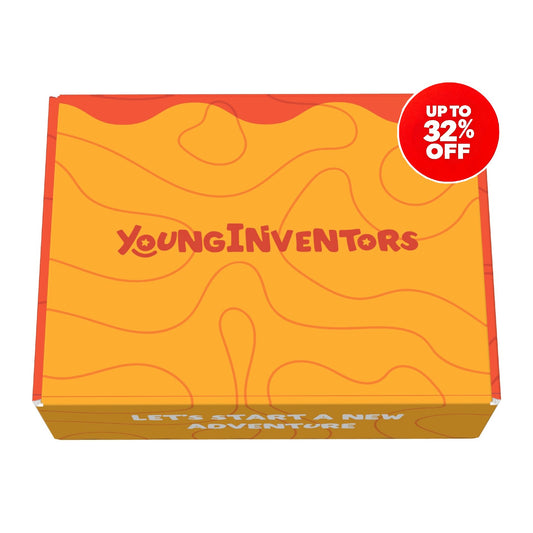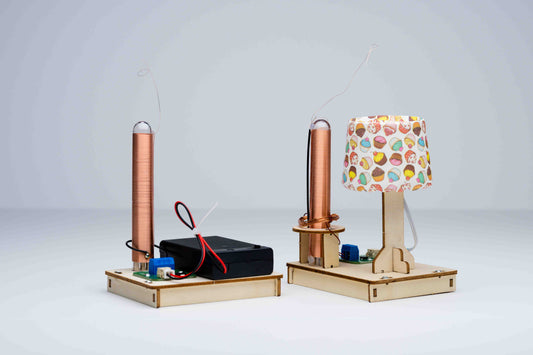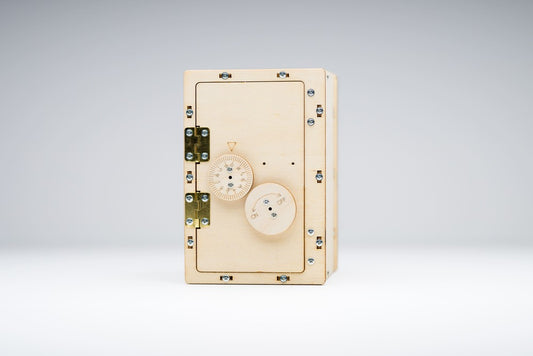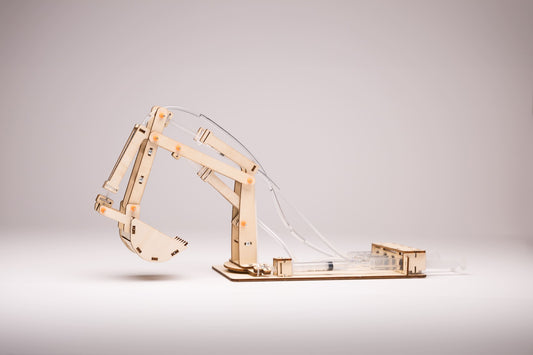In recent years, we have witnessed a significant shift towards sustainability in various sectors, and the world of educational toys is no exception. The emergence of eco-friendly STEM (Science, Technology, Engineering, Mathematics) toys marks a pivotal moment in sustainable learning. This blog post explores the importance of integrating sustainability into STEM education and how eco-friendly toys from brands like Young Inventors are making a positive impact.
Understanding the Importance of Sustainable STEM Learning
Sustainable learning is more than a trend; it’s a necessity. As we face global environmental challenges, it’s imperative to educate the younger generation about the importance of sustainability. Integrating these concepts into STEM learning not only enriches the educational experience but also instills a sense of responsibility towards our planet.
Eco-Friendly STEM Toys: A Step Towards Green Education
Eco-friendly STEM toys play a crucial role in green education. These toys are often made from sustainable materials, reducing the environmental impact associated with plastic waste. By using toys made from biodegradable, recycled, or sustainably sourced materials, Young Inventors exemplifies how learning and environmental consciousness can go hand in hand.
The Benefits of Eco-Friendly STEM Toys
-
Promoting Environmental Awareness: Eco-friendly STEM toys introduce children to the concept of sustainability in a tangible and interactive way. They learn the importance of preserving natural resources and the environment while engaging in educational activities.
-
Safe and Non-Toxic: These toys are generally safer for children as they are often made from natural materials and are free from harmful chemicals found in some plastics. This aspect is crucial for parents concerned about the health and safety of their children.
-
Durability and Timelessness: Sustainable toys tend to be more durable and timeless, encouraging a culture of ‘less is more’ in an age dominated by disposable products. This durability also means that toys can be passed down, reducing the need for constant consumption.
-
Encouraging Innovative Thinking: Using eco-friendly STEM toys can inspire innovative thinking in young minds. Children learn to appreciate and think about how products are made and their impact on the environment, fostering a new generation of environmentally conscious innovators.
Young Inventors: Leading the Way in Eco-Friendly STEM Education
Young Inventors is at the forefront of this shift towards sustainable STEM learning. By offering eco-friendly STEM toys and subscription boxes, they provide children with the opportunity to learn about STEM concepts while also instilling a sense of environmental responsibility. These toys serve as a catalyst for discussions about renewable energy, recycling, and sustainable living, integrating these crucial topics into everyday learning.
The Broader Impact of Eco-Friendly Toys
The impact of eco-friendly STEM toys extends beyond individual learning. They represent a broader movement towards sustainability in the toy industry. By choosing eco-friendly options, consumers drive demand for sustainable products, encouraging more companies to consider the environmental impact of their products.
Conclusion
The rise of eco-friendly STEM toys reflects a growing recognition of the need to combine education with environmental responsibility. By integrating sustainability into STEM learning, we are not only educating our children about essential scientific concepts but also about the importance of protecting our planet. Brands like Young Inventors are leading the charge in this green revolution, proving that green is indeed the new smart.
To discover how Young Inventors is blending eco-friendly practices with exciting STEM learning, visit our website. Together, we can nurture a generation of environmentally conscious and scientifically savvy young minds.





